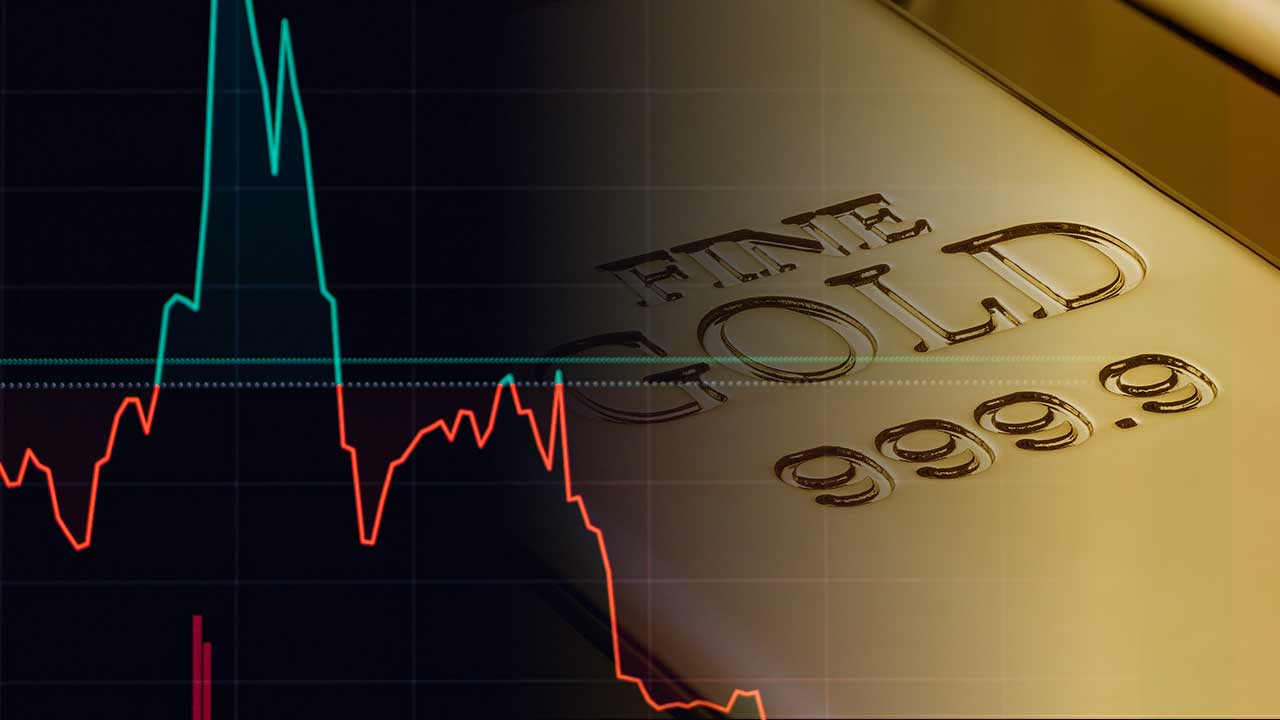(Clint Siegner, Money Metals News Service) Silver prices dropped 12% in the final two trading days of last week. Gold lost 2.6%.
While gold has held up relatively well, silver fell in tandem with the general stock market after President Trump announced reciprocal tariffs against nations that impose a levy on goods from the U.S.
Bullion was exempted; gold, silver, platinum, and palladium coins, rounds, and bars will not be subject to the tariff.
This news provided some of the impetus for heavy selling in the futures markets.
Long speculators, who made leveraged bets that tariffs would drive metal prices higher, discovered they had gambled and lost.
The big sell-off highlights a frustrating truth about bullion investing. In the short term, metal prices are impacted, in large part, by organizations that bullion investors have almost nothing in common with.
Shorter-term price movements are driven by money flows in the leveraged futures markets.
In the futures market:
- Investors mostly have a short-term mindset. The longest-dated contract with major volume matures within a few months.
- There is more than 10-to-1 leverage built into futures contracts. That often makes for weak hands. Investors who don’t have the deep pockets or the stomach needed to hang on when a bet goes against them will sell.
- The motivations are entirely different. Nobody buys a futures contract because they care about things like having something to pass on to the grandkids. In fact, a lot of the trading isn’t even done by humans; instead, it’s often algorithmic or machine trading.
- Speculators in the futures market play a zero-sum game. One party is betting on higher prices and the counterparty is betting prices will go down.
- The playing field is not level. There are smaller fish, with shallow pockets and without tricks and tools at their disposal. They are often paired against whales: bullion banks with deep pockets, plenty of extra tools, and, unfortunately, a history of dirty tricks.
- The futures market has rules which are subject to change without notice. These changes often happen during moments of extreme trading activity. For example, the COMEX raised margin requirements in the middle of last week’s selloff. The move put even more long investors underwater, thereby ramping the pressure on them to sell.
- The supply of contracts is effectively unlimited. The Hunt brothers might be the last people who were turned away when trying to buy a silver contract, and that was in 1980. Since then, the bullion banks have been able to sop up any amount of demand with a contract for everyone who wants to buy one.
In the retail bullion market:
- Investors tend to buy with the intention of holding long-term. Nearly all of the players in the market are individual investors motivated by instincts for wealth preservation and reducing counterparty risk.
- There is no leverage.
- There is no counterparty when an investor buys coins, rounds, and bars – especially not a bullion bank with a rap sheet.
- There is an actual cap on supply. Bullion markets are limited to the metal on the shelf.
For anyone frustrated by short-term price action in metals, here is more suggested reading. The futures markets were created, in part, to discourage physical ownership of gold and silver.
Suffice it to say, that if price discovery in gold and silver was done in the physical markets, rather than the futures markets, the price action would be different.
Last week is a prime example. Very few people who own physical metal saw the news regarding tariffs and decided it was time to sell.
Rather bullion investors saw the price drop as an opportunity to buy.
Friday was the busiest day in a couple of years in terms of buying. And the number of people selling was way down.
Clint Siegner is a Director at Money Metals Exchange, a precious metals dealer recently named “Best in the USA” by an independent global ratings group. A graduate of Linfield College in Oregon, Siegner puts his experience in business management along with his passion for personal liberty, limited government, and honest money into the development of Money Metals’ brand and reach. This includes writing extensively on the bullion markets and their intersection with policy and world affairs.

